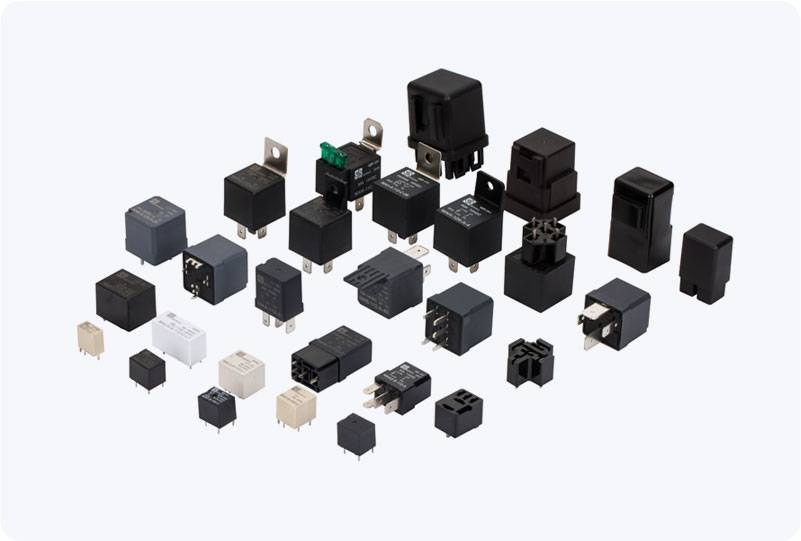The Circuit Breaker Power Relay (CBPR) is a critical component in modern electrical systems, serving as an essential safety mechanism to protect electrical circuits from overcurrent and faults. It acts as a safeguard to prevent damage to electrical equipment, ensuring the smooth operation of power systems in various applications, from industrial plants to residential power grids. In this article, we will explore the function, components, and importance of Circuit Breaker Power Relays in electrical protection systems.

What is a Circuit Breaker Power Relay? A Circuit Breaker Power Relay is a device that automatically interrupts the flow of electrical current in a circuit when it detects faults such as overcurrent or short circuits. It is a combination of a circuit breaker and a relay, which work together to provide a fast and efficient response to abnormal conditions in the electrical system. The power relay is designed to activate the circuit breaker when specific thresholds are exceeded, triggering the disconnection of power to prevent further damage. The circuit breaker component of the CBPR is responsible for physically interrupting the current flow, while the relay monitors the circuit for irregularities, such as overcurrent, undercurrent, or short circuits. This makes the CBPR a highly effective tool in ensuring that electrical systems remain protected from potential hazards that could lead to equipment failure, fires, or even electric shocks.
Leave a Reply